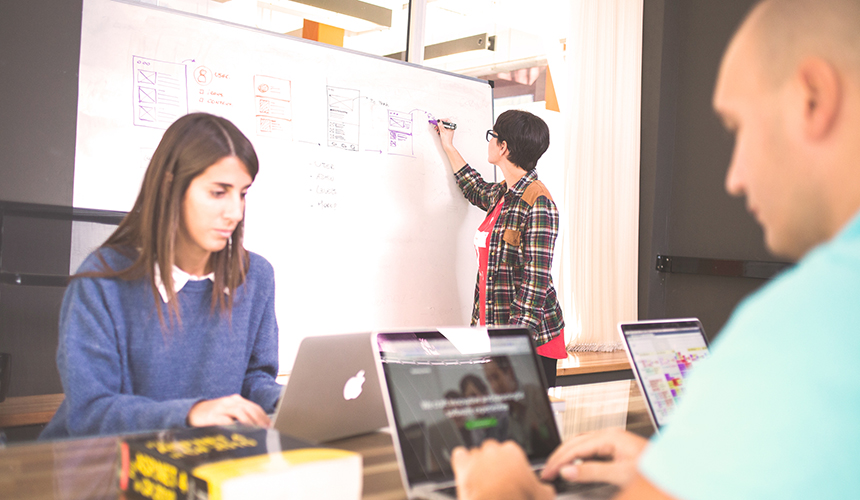In recent years, the face of the workplace has considerably changed. Now, new technologies are being integrated into enterprise infrastructures, shifting the way employees connect and collaborate with one another. In addition, many companies are placing a higher priority on the needs of their staff members, adapting to support their unique work processes.
All this is having quite the impact on the physical workplace, especially as companies look to include and maintain millennial workers. But just what does this workplace of the future look like, and how can employees and managers alike prepare for the inevitable changes?
The workplace will still be a physical place
New technologies like business applications and communications platforms are making it possible to connect and collaborate with others without being in the same room. Although this boosts the potential for a remote workforce, Forbes contributor Rawn Shah noted that this will not eliminate the need for a physical office.
“While you will need to support more remote workers, the hybrid office-plus-remote worker scenario will continue to be the biggest concern for office, IT and HR managers,” Shah wrote. “As we move to the hybrid work scenario, the types of resources and their physical locations may change, but the need does not.”
In this way, business managers shouldn’t count on ditching their physical office locations anytime soon. Trends show that while remote work is becoming more popular, this portion of the staff is still very small. Keeping this in mind, IT decision-makers must ensure that they have cloud systems in place that can be accessed by remote workers, as well as the proper connectivity support in their office locations for on-premises employees.
Culture over compensation
Fast Company contributor Erin Palmer noted that particularly in millennial circles, there is a shift taking place when it comes to compensation and company culture. In the past, a paycheck was all that mattered – even if employees weren’t happy or satisfied with their work, at least they were being compensated.
Today, however, many staff members are placing a higher priority on a company culture that supports their needs and well-being. “Culture will keep you engaged and learning – two things that will help you earn more over time anyway,” Palmer wrote. “But if a paycheck is the only appeal of a position, chances are you won’t be happy there for very long.”
Businesses looking to address these changing workforce needs will have to ensure that they have tools and technologies in place that not only help employees do their jobs, but keep them engaged as well. Appealing to staff members’ needs and interests while challenging them in their respective positions can help keep workers engaged and satisfied.

Sustainability for the future
Deloitte recently began a journey to transform all of their office locations to support new working processes and needs. One change they made was to make sustainability and corporate responsibility a top focus, working to reduce the company’s carbon footprint and put in place new designs and technologies for a greener workplace. The business added energy-efficient lighting, special areas for bike storage and an improved building cooling system.
Green practices are becoming more common across the board, particularly in the technology industry. The Green Grid, an organization with focus on more efficient resource usage and standards, has released a number of assets to help guide businesses’ sustainability efforts. In addition, corporations like Google are beginning to be more transparent about the processes that help them ensure efficiency.
Work/life balance
Another marked change taking place in the enterprise community is an increased focus on work/life balance. Palmer noted that this can be a difficult balance to achieve, especially for workers looking to reach the top of the ladder.
“Workplaces of the future will have more room to work flexibly, but the fact remains that to get to the top, you’ll have to put in many, many hours,” Palmer pointed out. “It might not always be easy, but no matter how career-driven you are, the people in your life are the most important part. Work-life balance may be the biggest contradiction of all, but getting it right will keep you happy no matter how the workplace changes in years to come.”
Here at Making Sense, we pay special attention to these ideas. We work with millennials within our own company and with our clients in the U.S., making us very aware of this new workplace situation.
